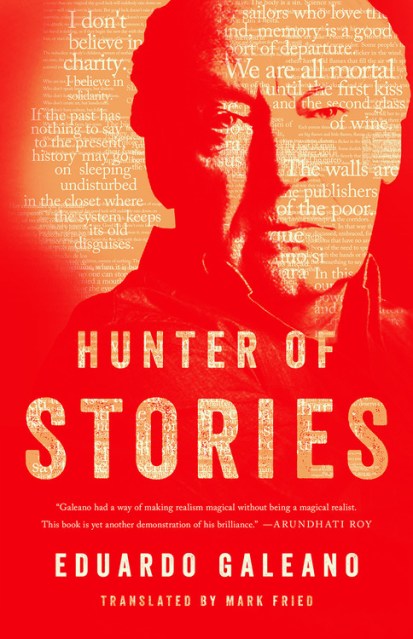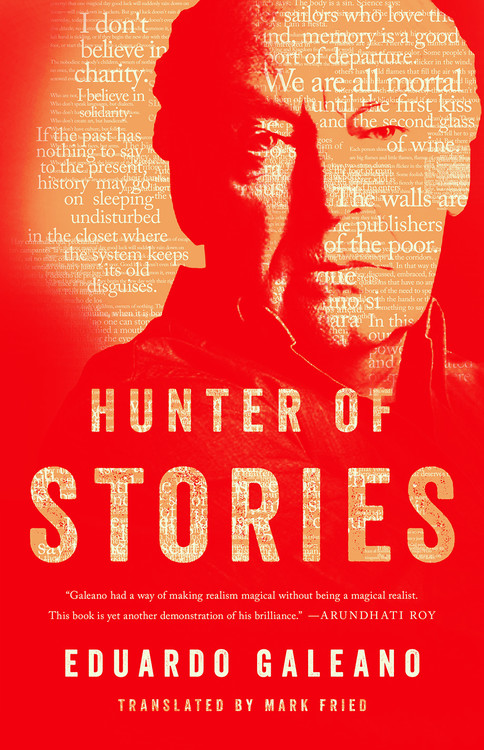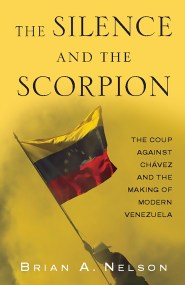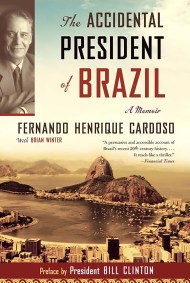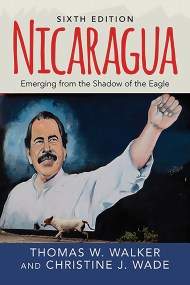Promotion
Use code MOM24 for 20% off site wide + free shipping over $45
Hunter of Stories
Contributors
Translated by Mark Fried
Formats and Prices
Price
$16.99Price
$22.49 CADFormat
Format:
- Trade Paperback $16.99 $22.49 CAD
- ebook $11.99 $15.99 CAD
- Audiobook Download (Unabridged)
This item is a preorder. Your payment method will be charged immediately, and the product is expected to ship on or around November 6, 2018. This date is subject to change due to shipping delays beyond our control.
Also available from:
Master storyteller Eduardo Galeano was unique among his contemporaries (Gabriel Garcia Marquez and Mario Vargas Llosa among them) for his commitment to retelling our many histories, including the stories of those who were disenfranchised. A philosopher poet, his nonfiction is infused with such passion and imagination that it matches the intensity and the appeal of Latin America’s very best fiction.
Comprised of all new material, published here for the first time in a wonderful English translation by longtime collaborator Mark Fried, Hunter of Stories is a deeply considered collection of Galeano’s final musings and stories on history, memory, humor, and tragedy. Written in his signature style — vignettes that fluidly combine dialogue, fables, and anecdotes — every page displays the original thinking and compassion that has earned Galeano decades and continents of renown.
Genre:
- On Sale
- Nov 6, 2018
- Page Count
- 272 pages
- Publisher
- Bold Type Books
- ISBN-13
- 9781568589084
Newsletter Signup
By clicking ‘Sign Up,’ I acknowledge that I have read and agree to Hachette Book Group’s Privacy Policy and Terms of Use
